Working at heights is commonplace on construction sites – whether for assembly work, facade construction, or maintenance. This often raises the question of which type of work platform is best suited for the specific application. Different conditions such as uneven terrain, confined work areas, or height requirements require flexible and safe solutions .
Scissor lifts or telescopic boom lifts are ideal for heavy loads or wide platforms. All-terrain models with all-wheel drive are suitable for outdoor use, while compact, emission-free platforms are particularly popular for indoor use, such as in warehouses.
The choice depends not only on height and reach, but also on stability, maneuverability, and the terrain . Qualified training of operating personnel and compliance with all safety regulations are also essential.
Why work platforms are indispensable
Compared to scaffolding or ladders, work platforms offer greater flexibility, higher safety, and greater efficiency . They enable precise work even in hard-to-reach areas – whether as a mobile elevating work platform, scissor lift, or articulated boom lift . These machines are essential when work at heights must be performed continuously and reliably.
Applications for indoor and outdoor areas
Work platforms can be used in a variety of ways – depending on the environment:
Indoor use
Electric scissor lifts are emission-free, compact, and durable. They are particularly suitable for assembly or maintenance work in confined or sensitive areas such as production halls or logistics centers.
Outdoor work
Truck-mounted work platforms , trailer-mounted work platforms , or articulated boom lifts are used outdoors. They offer long reach, stability on uneven ground , and mobility – ideal for facade work, tree care, or infrastructure projects .
Special applications: tree care and facades
For specialized tasks such as tree care or facade cleaning , articulated boom lifts excel with their precise control and large platforms. They reach hard-to-reach areas safely and efficiently.
Choosing the right work platform
Which stage is the right one depends on:
- Working height and reach
- Floor conditions (indoor, outdoor, uneven, sensitive)
- Load capacity and platform size
- Accessibility of the site
If you want to remain flexible, you should rent work platforms on a case-by-case basis instead of buying them permanently.
Rent or buy a work platform?
Rental offers maximum flexibility , especially for short-term or changing projects. Maintenance and inspections are handled by the lessor. Models such as scissor lifts or articulated telescopic platforms can be selected precisely according to your needs – even for long-term rentals .
A purchase is only worthwhile if used regularly . Disadvantages: high investment costs, maintenance responsibility, and limited flexibility. Those with frequently changing requirements will still have to regularly rent additional equipment.
Safety on the construction site
Safety comes first. In addition to a suitable platform, trained operating personnel are crucial. This includes:
- Personal protective equipment (PPE) : helmets, safety belts, lanyards
- Construction site safety : level ground, barriers, warning signs
- Professional instruction : operation, emergency functions, safety rules
Rent personal protective equipment
Proper fall protection is mandatory – especially for aerial and articulated boom lifts . PPE must be checked and properly fitted before each use.
Only trained personnel are permitted to operate aerial work platforms. Instruction on the specific machine is mandatory—ideally provided by the rental company or a specialist. Regular training courses keep knowledge up to date.
Efficient use of rented work platforms
Renting a work platform allows you to tailor it precisely to your project —in terms of height, reach, load capacity, and mobility. This not only increases efficiency but also reduces risks and costs.
Conclusion: Efficient and safe with the right work platform
Whether indoors or outdoors , short-term or long-term – with the right work platform, projects can be implemented safely, quickly, and cost-effectively. Rental offers maximum flexibility for changing requirements.
To the BIBERGER rental park – here you will find work platforms, forklifts, telehandlers and rotary forklifts for your application.


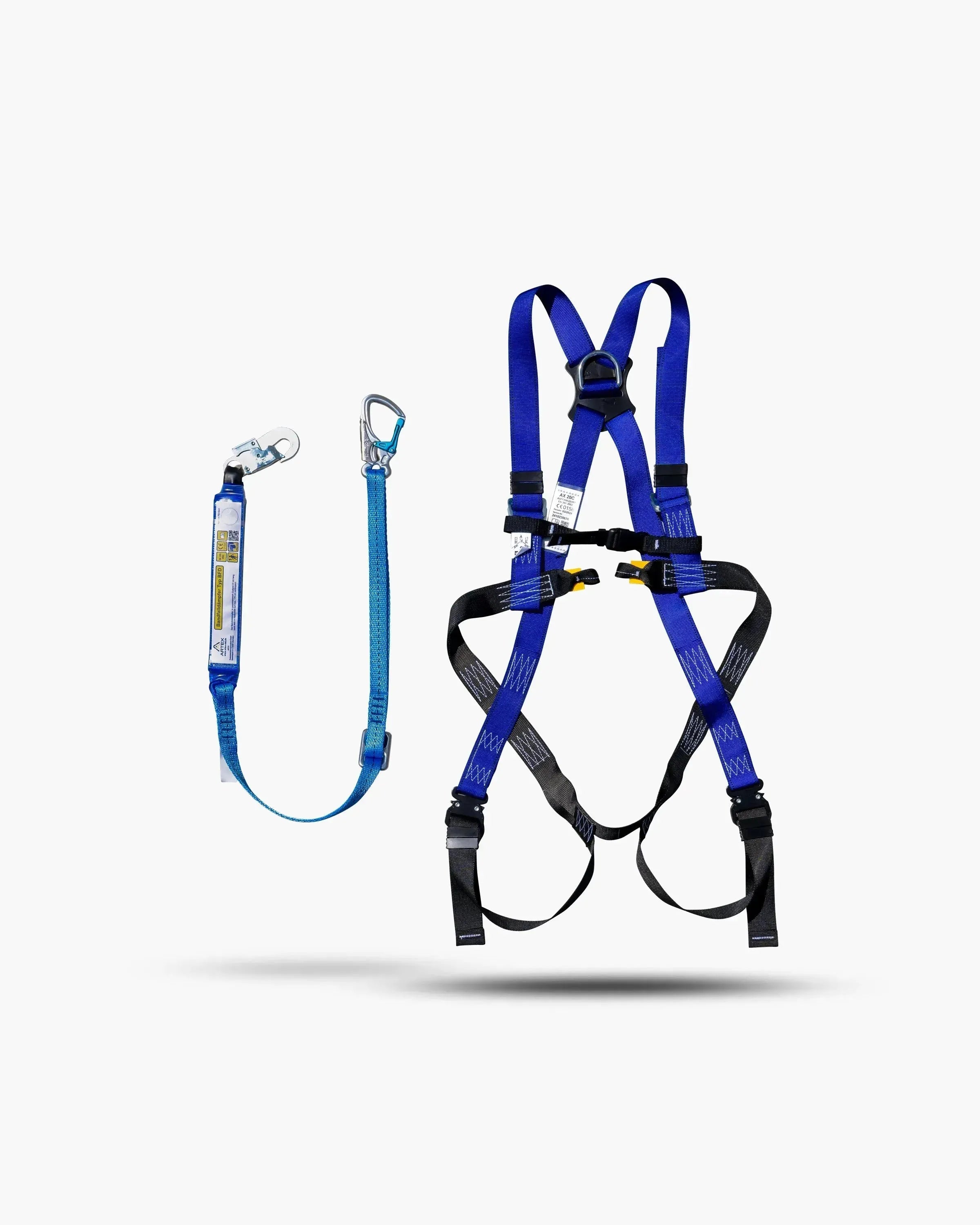


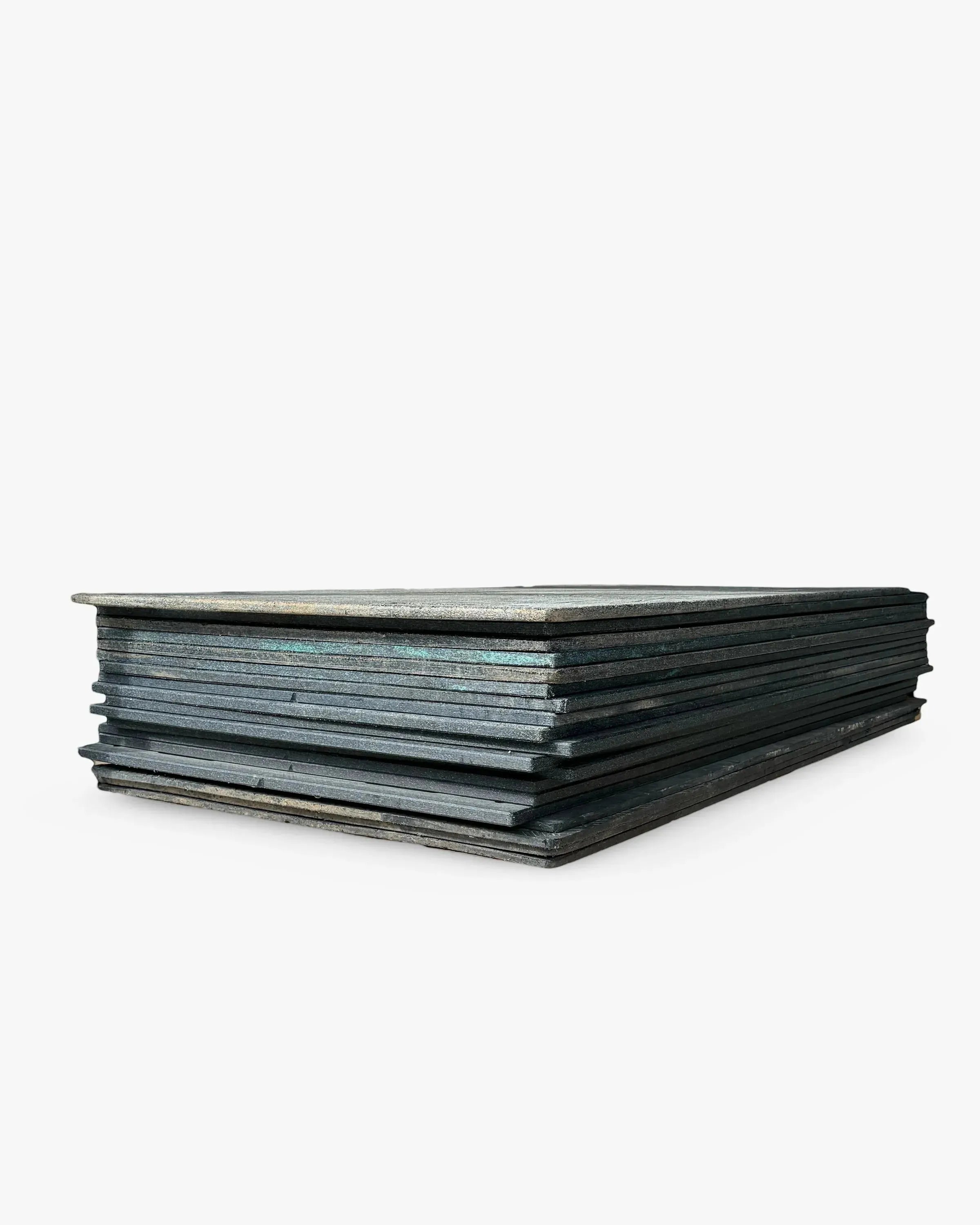

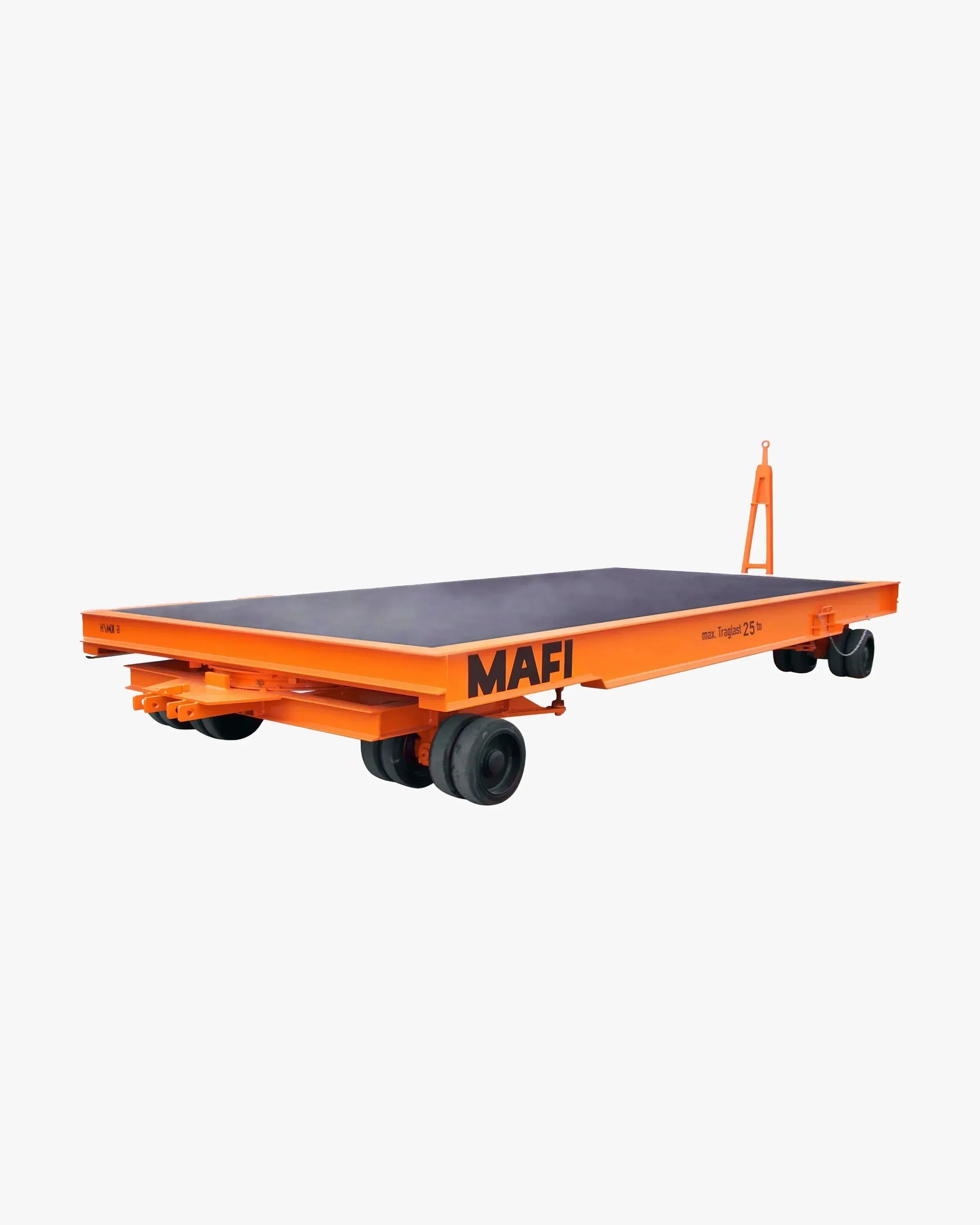
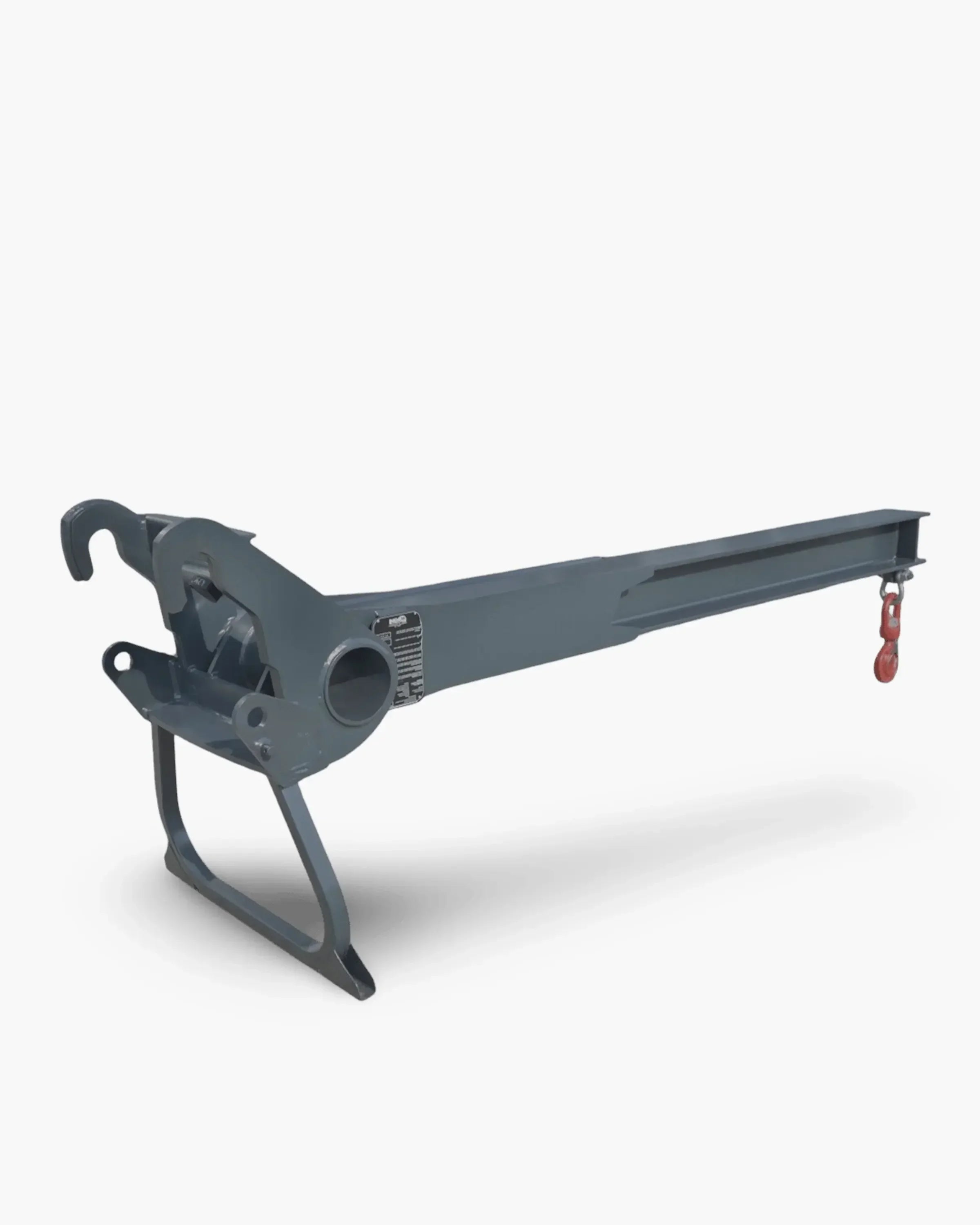
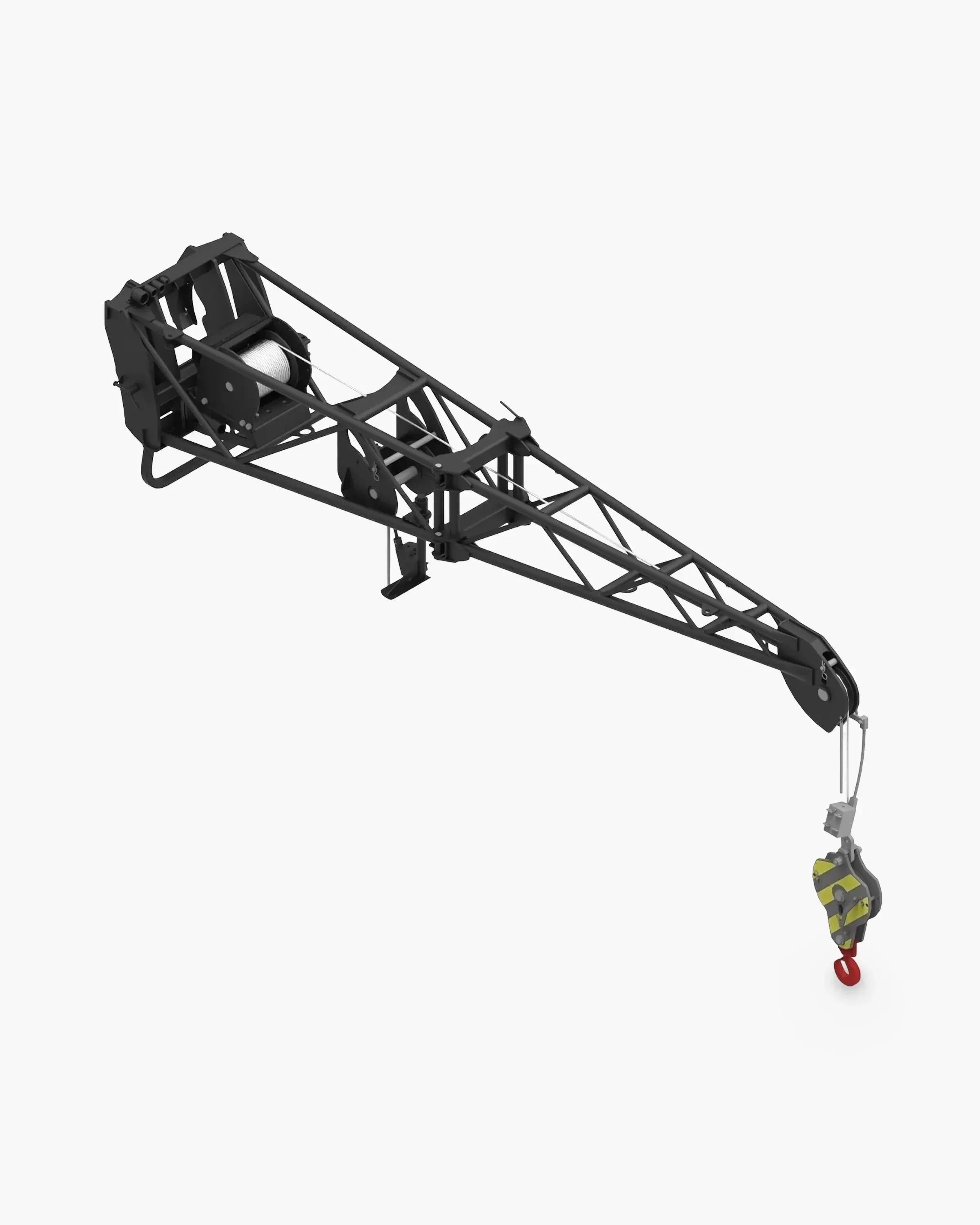
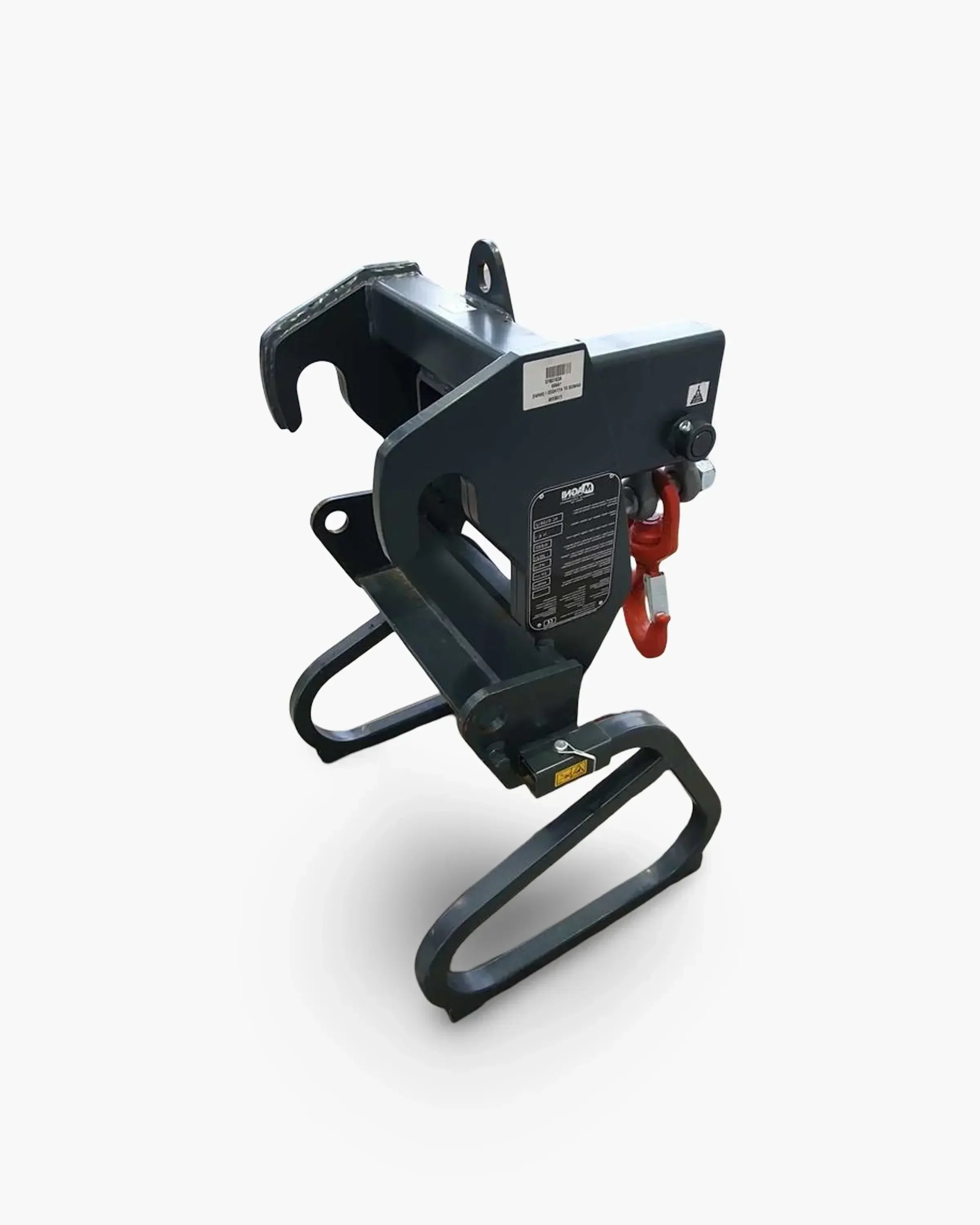

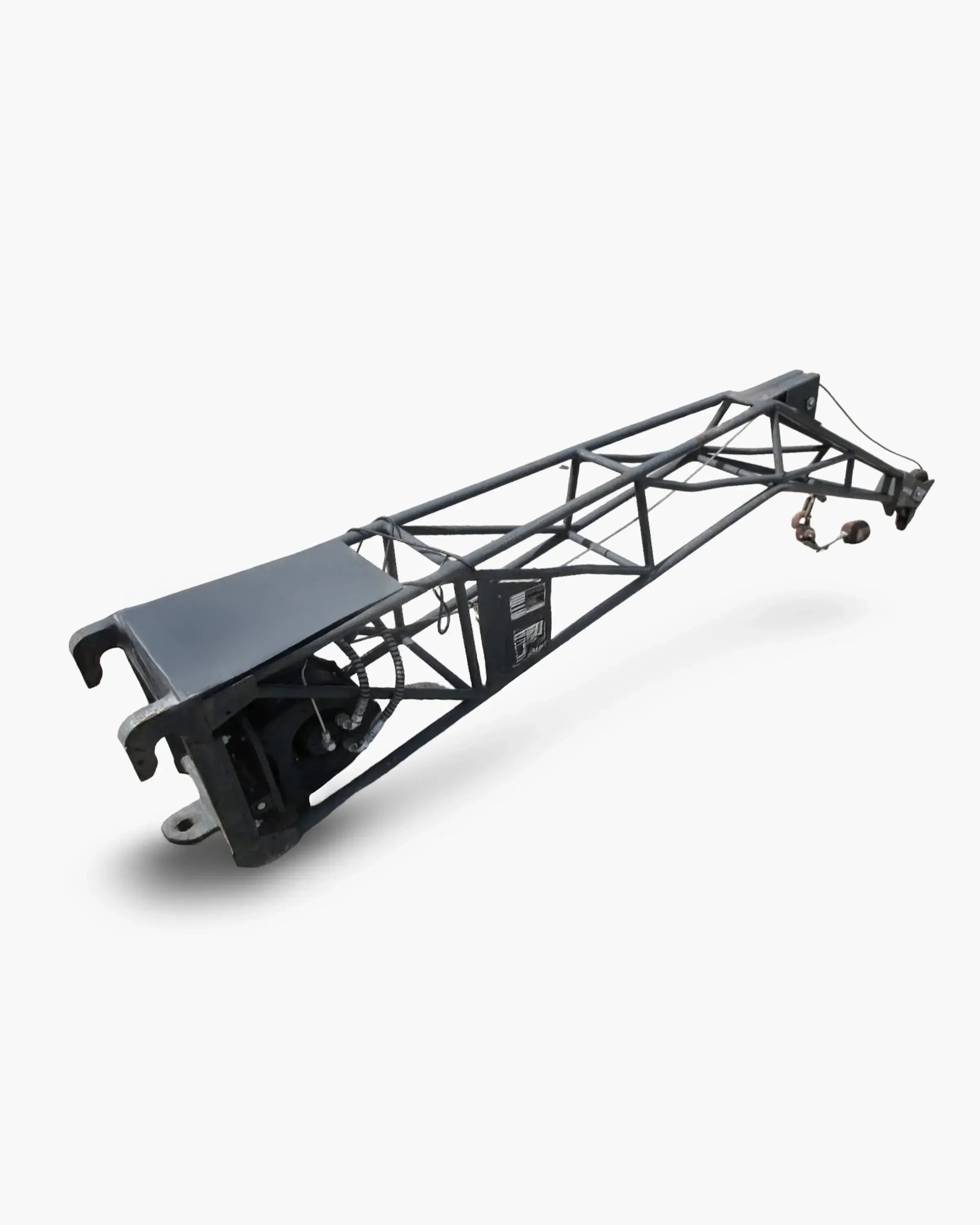
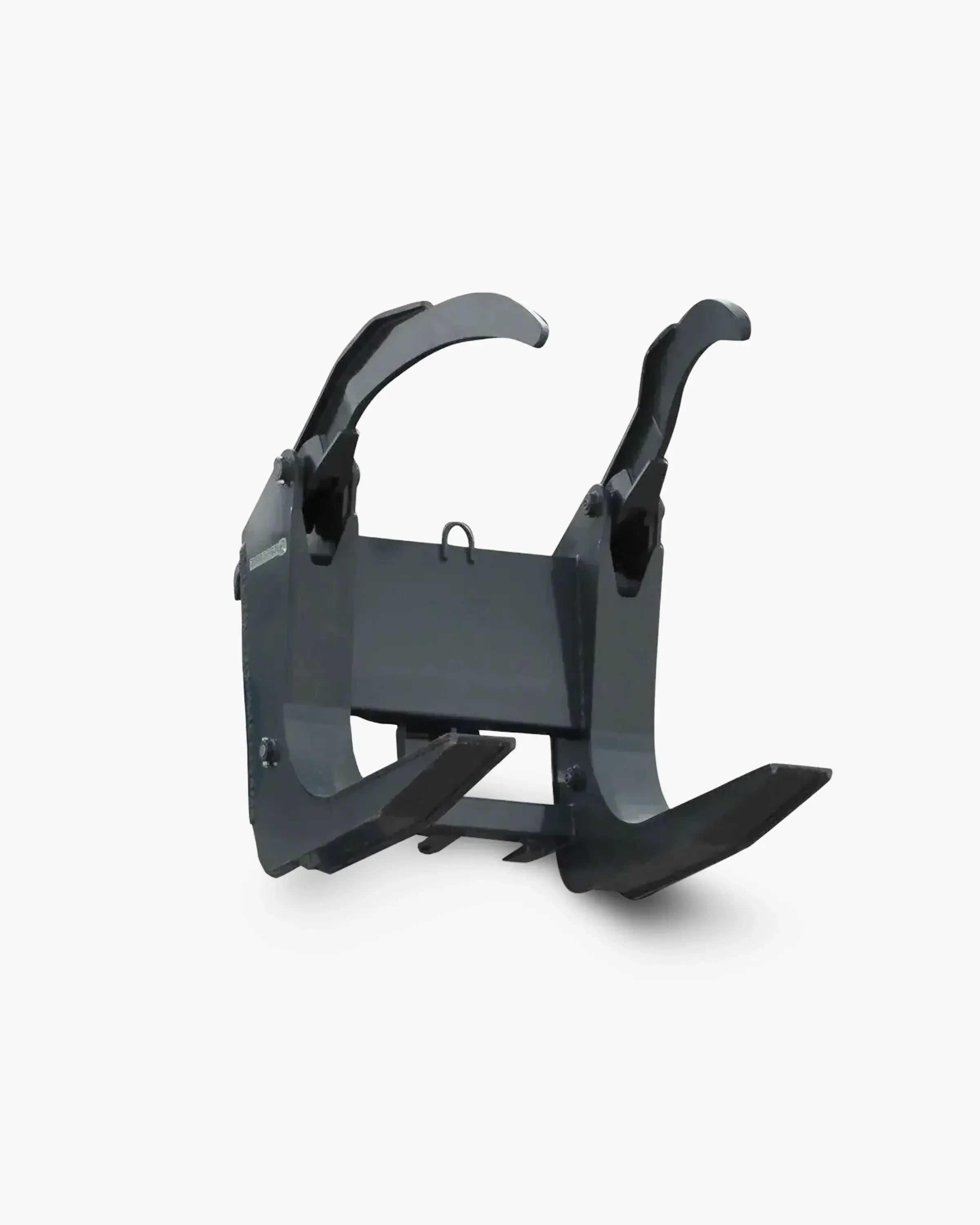
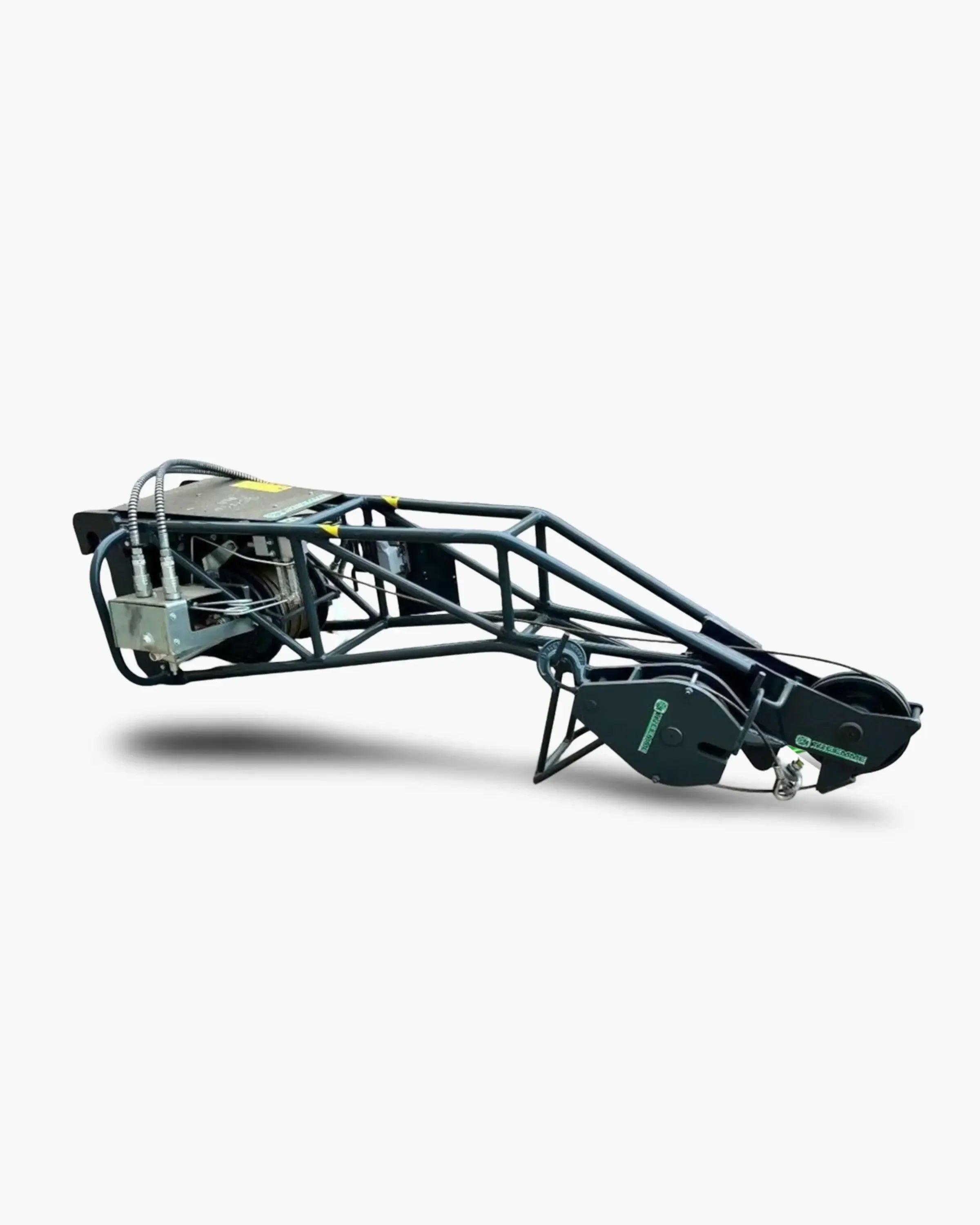

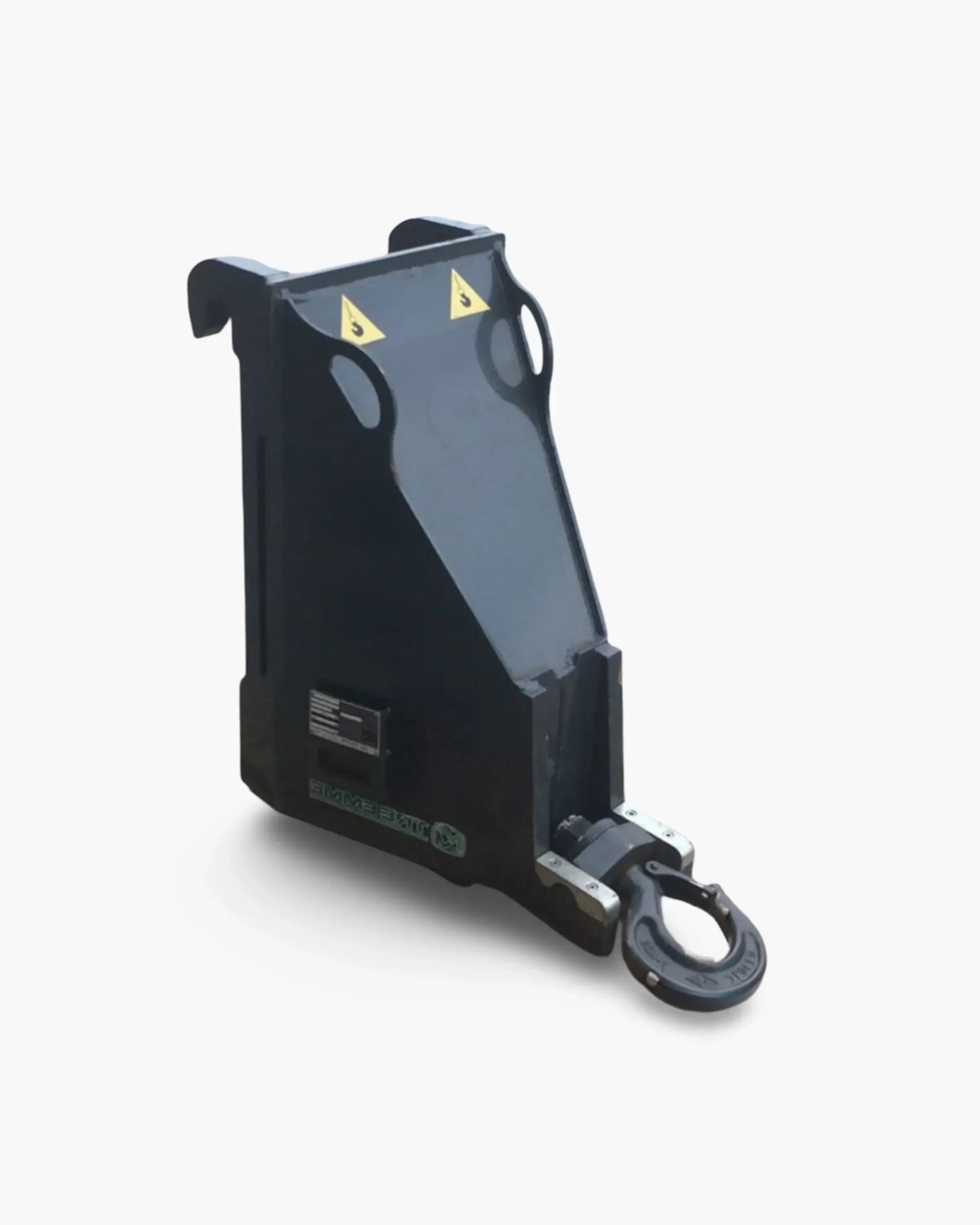
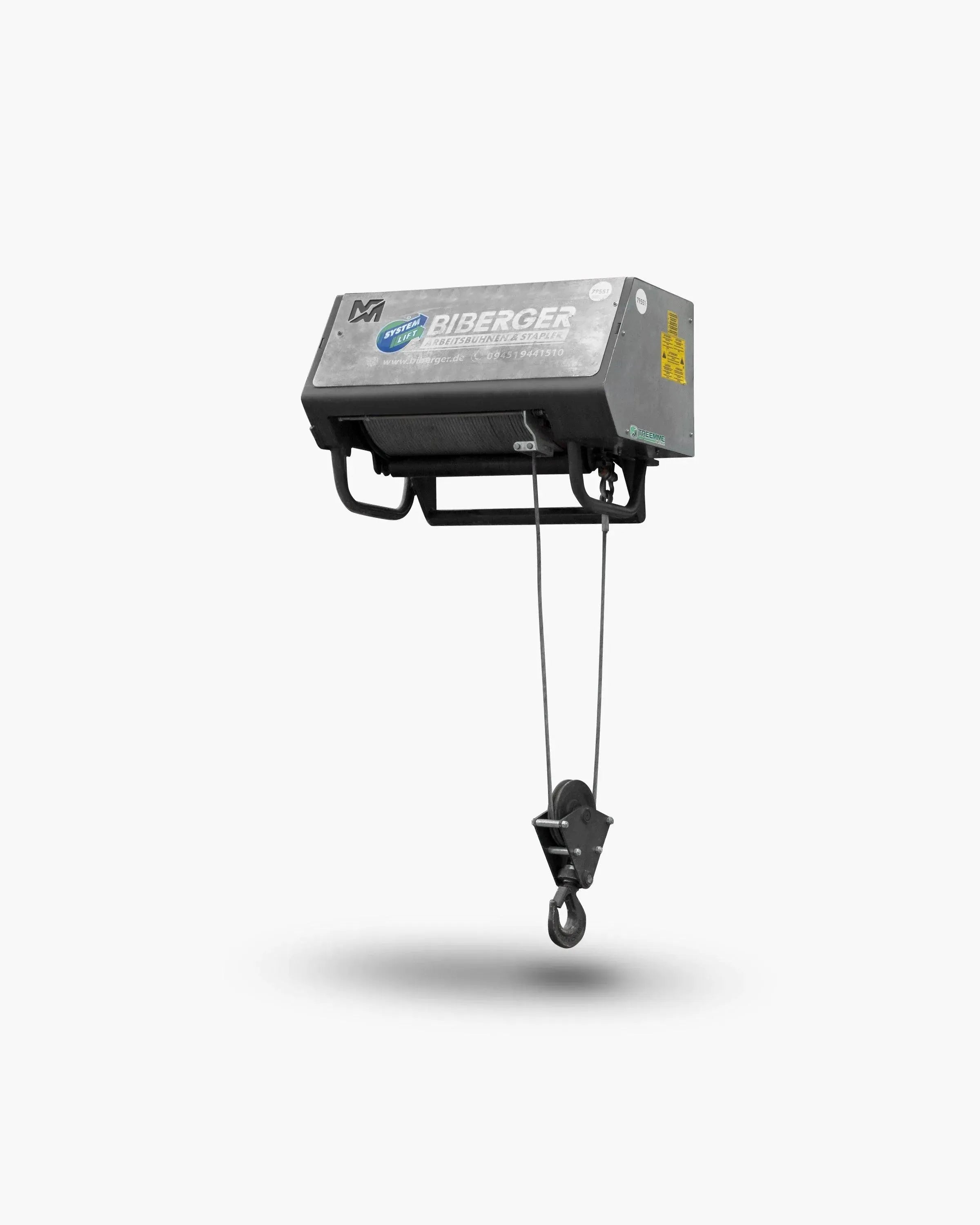
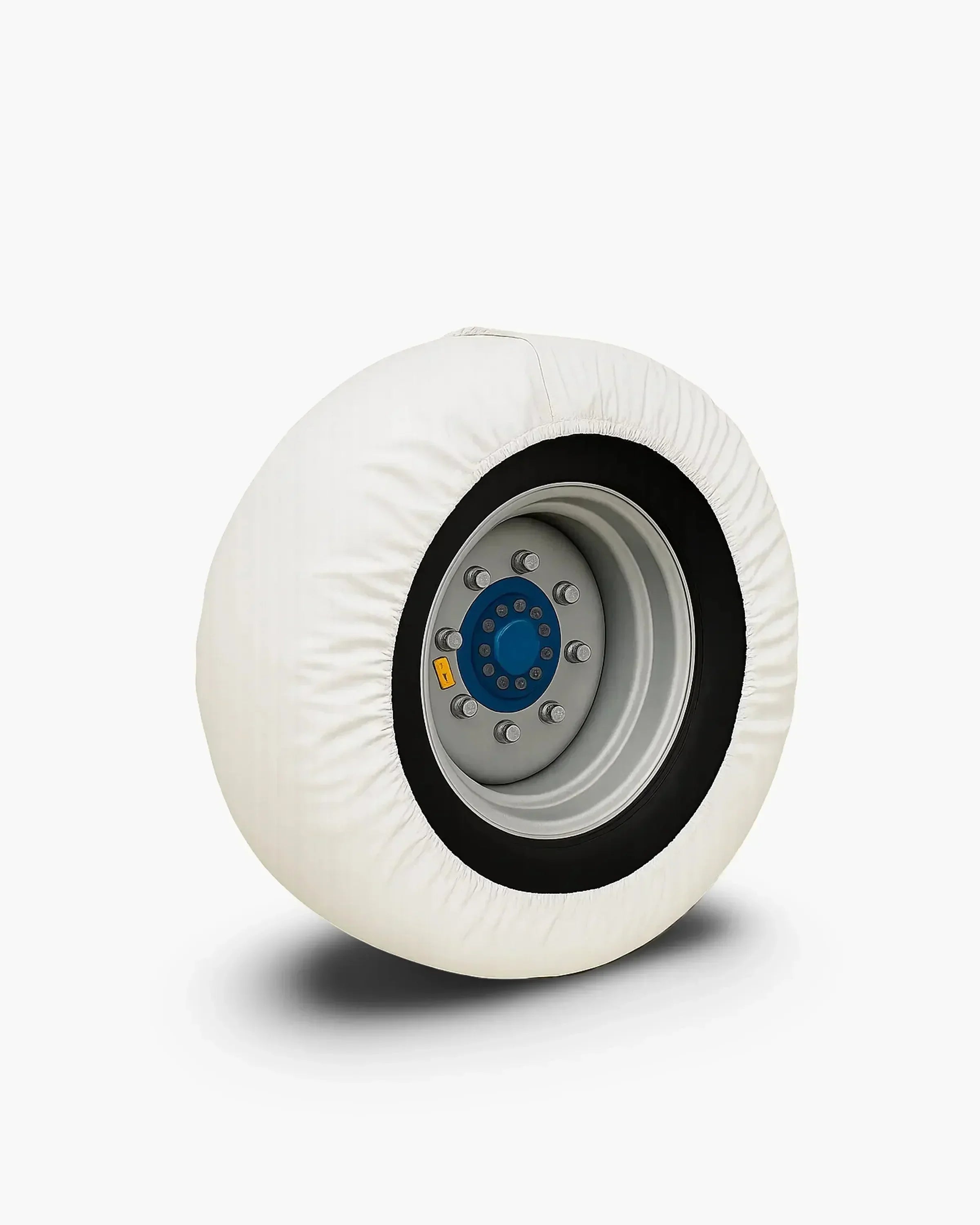


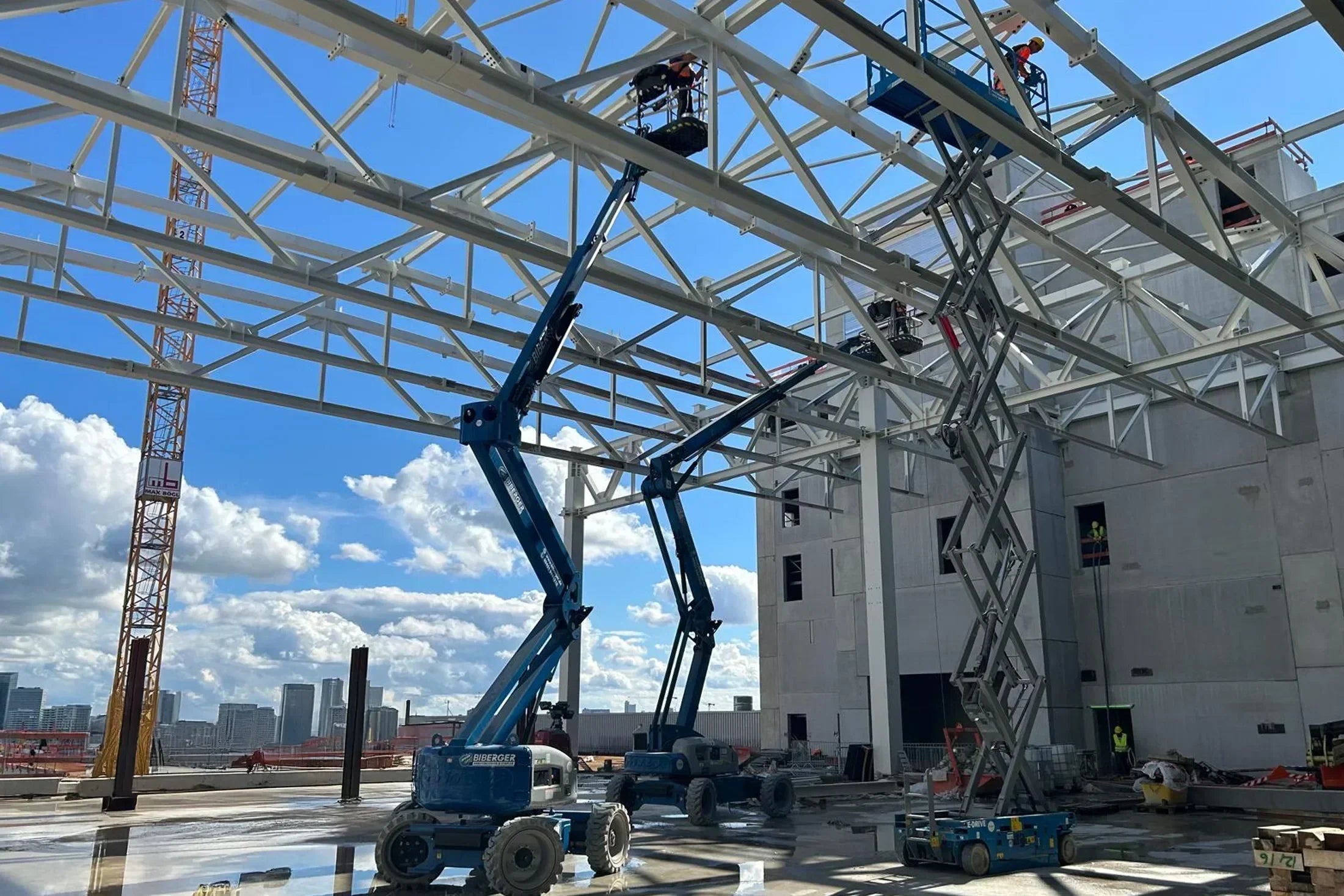

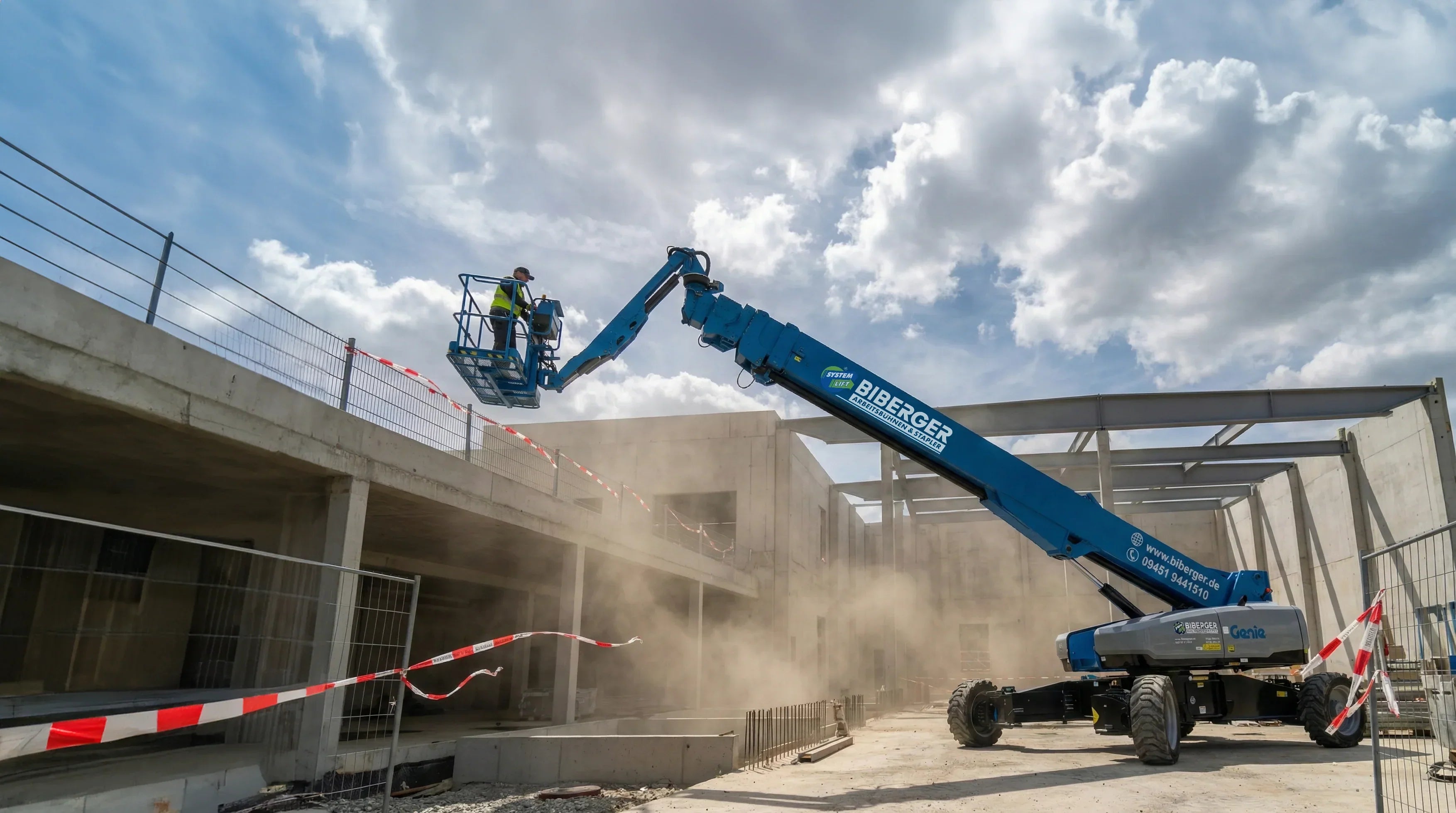
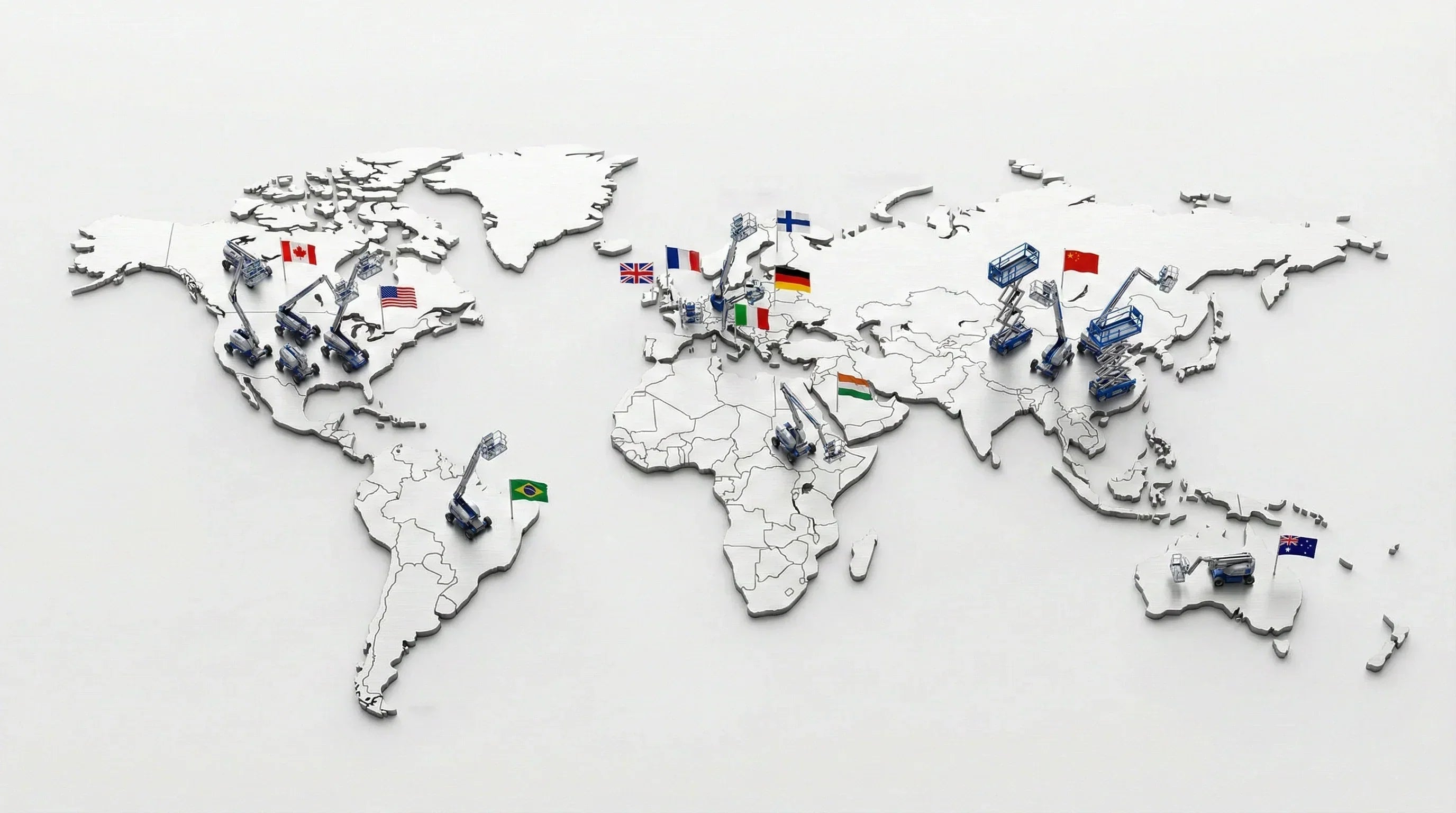
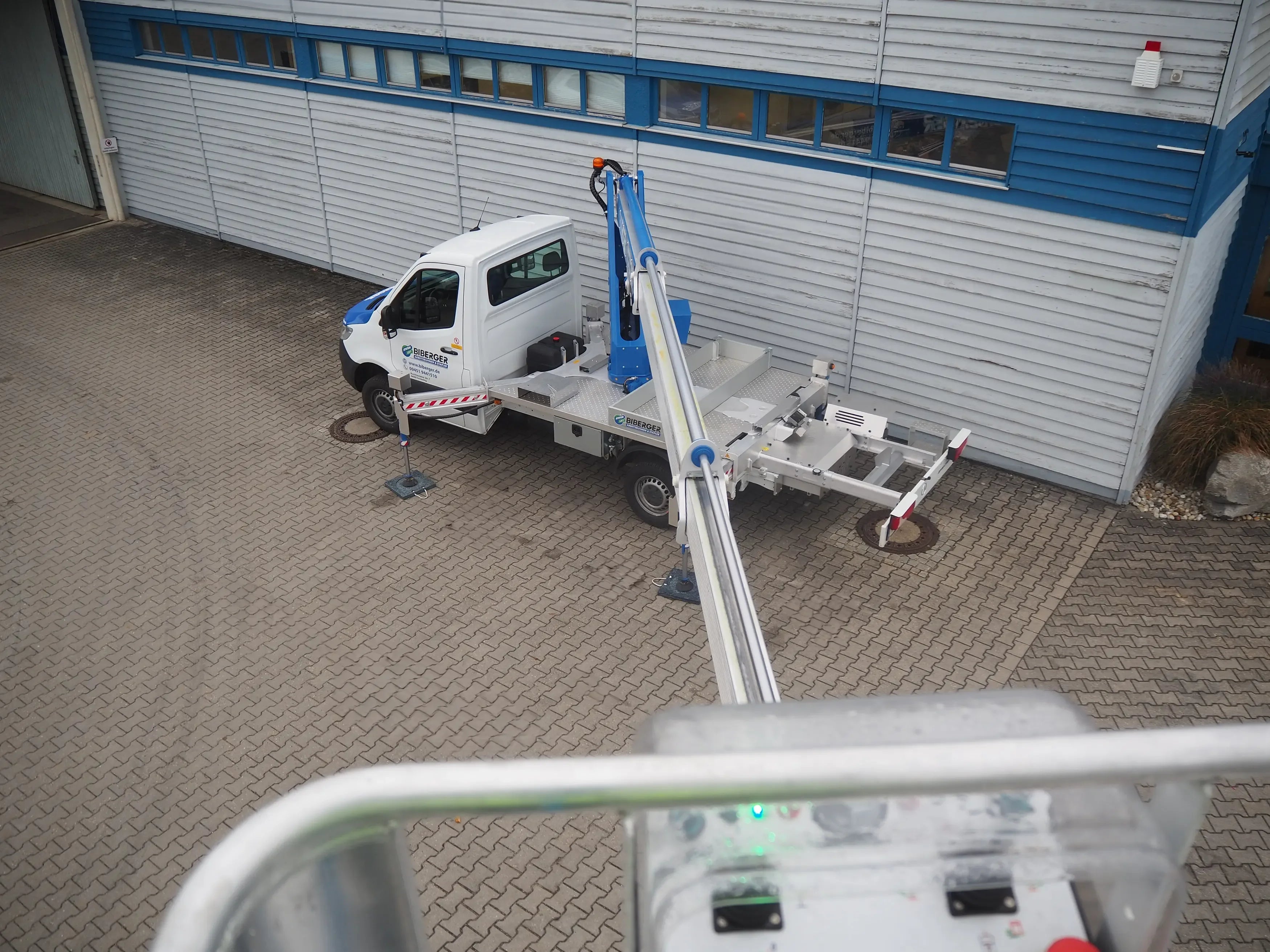
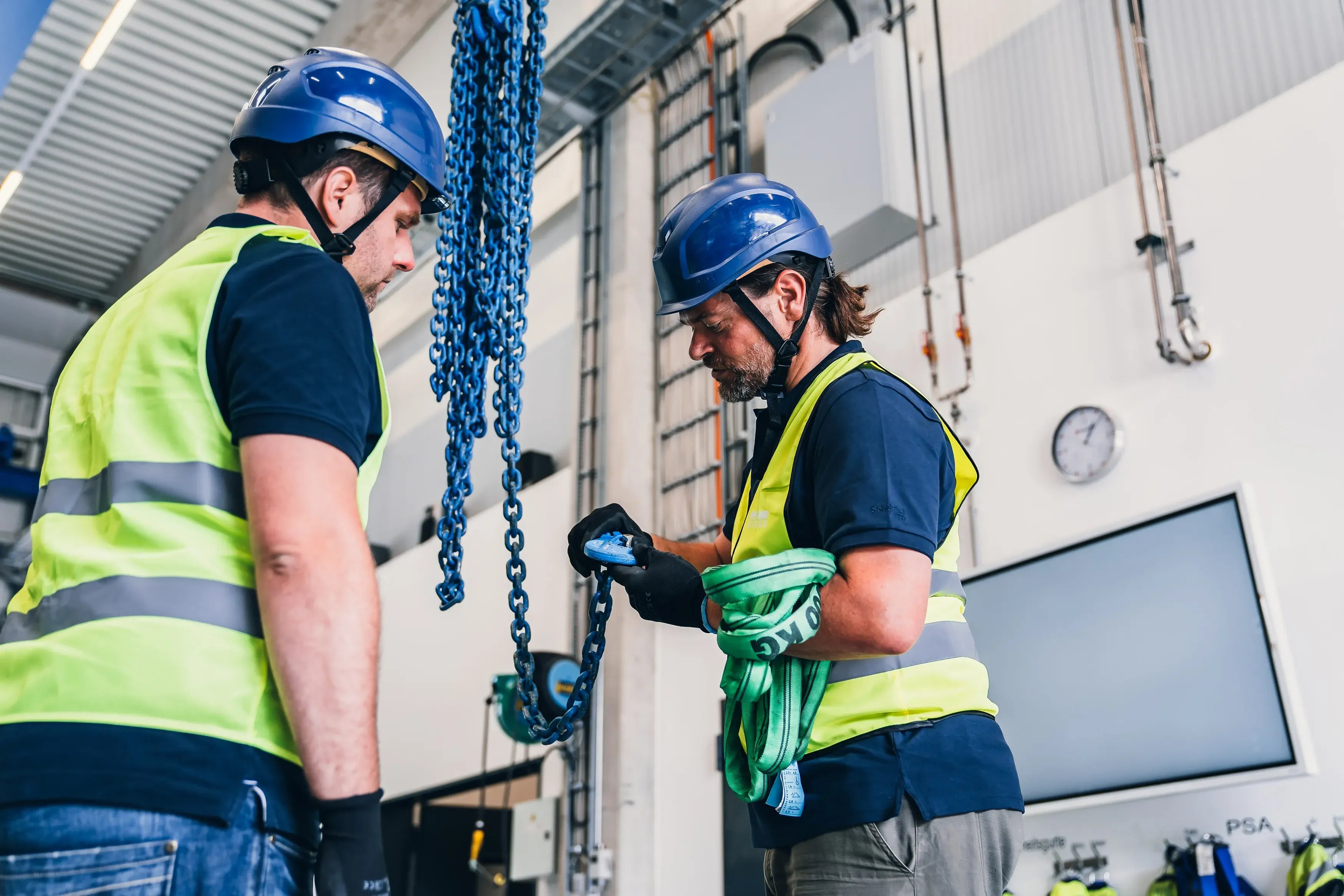
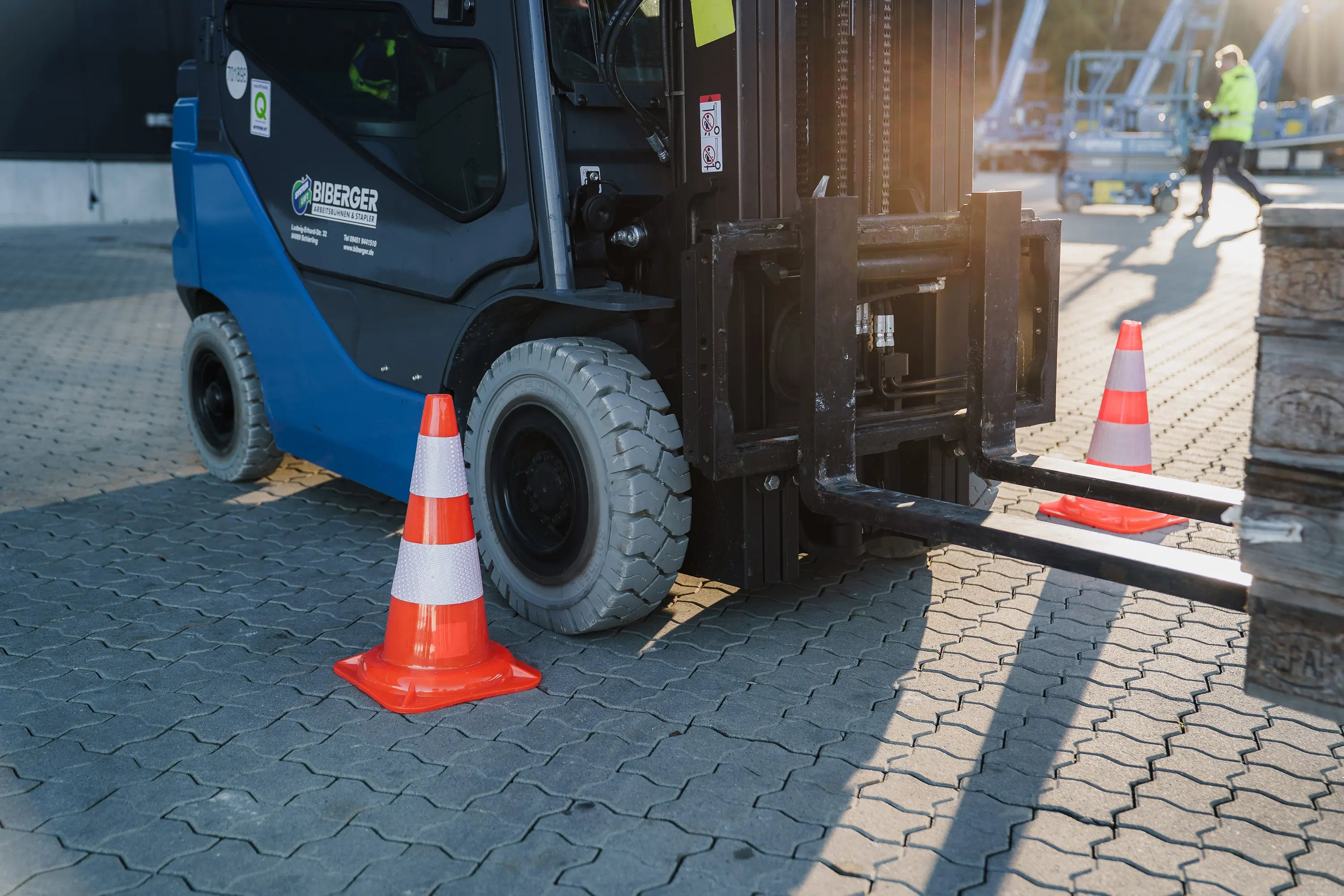
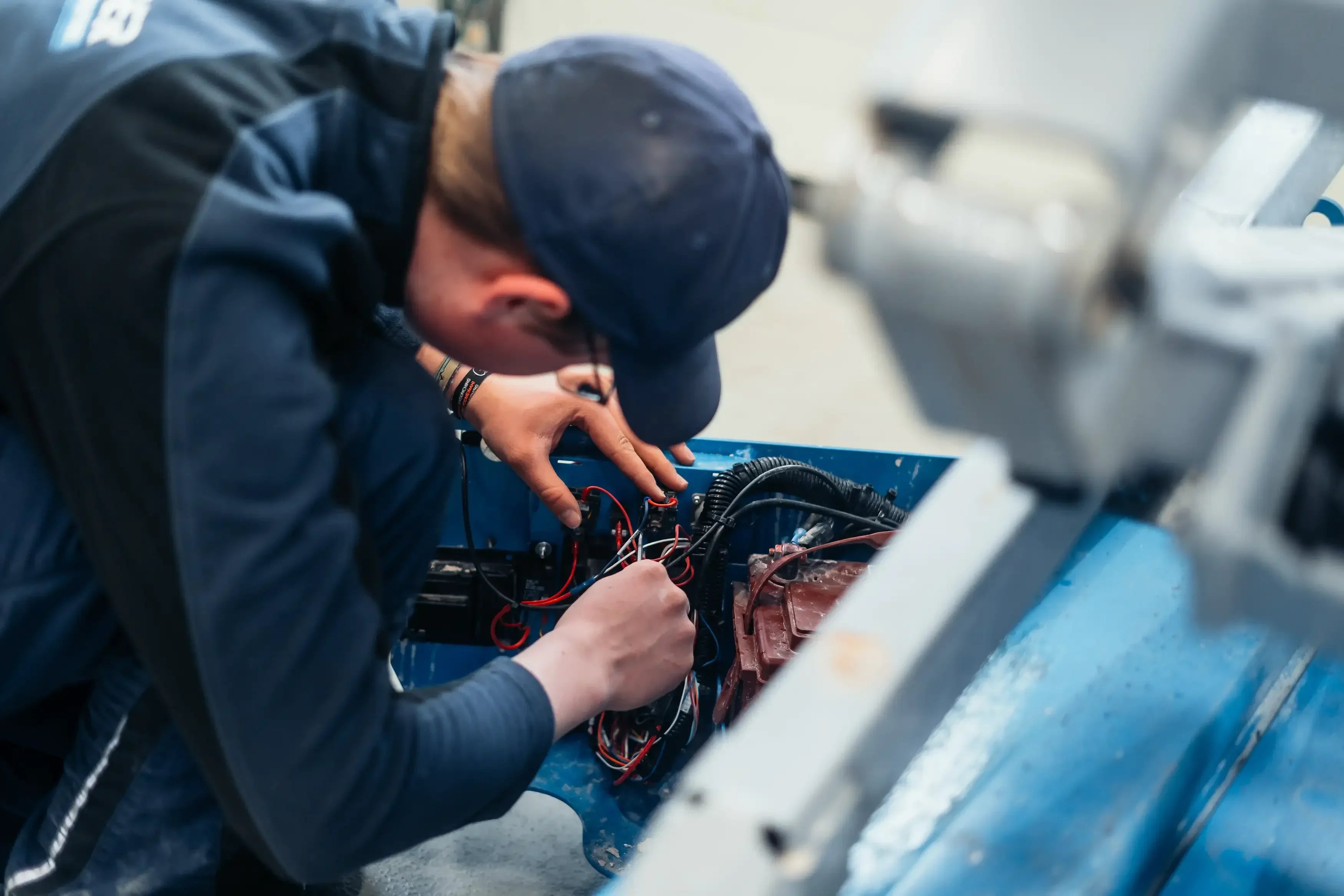
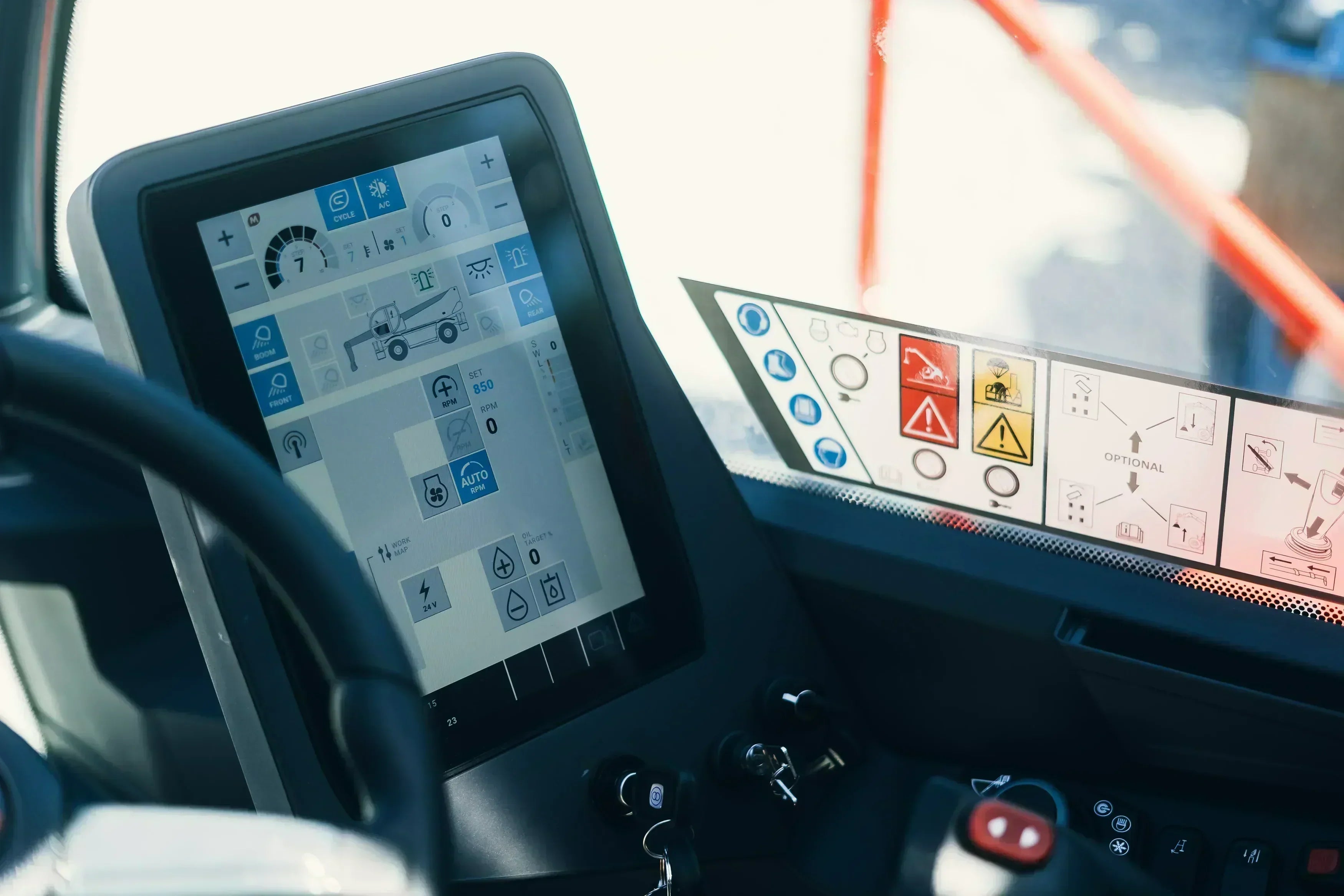
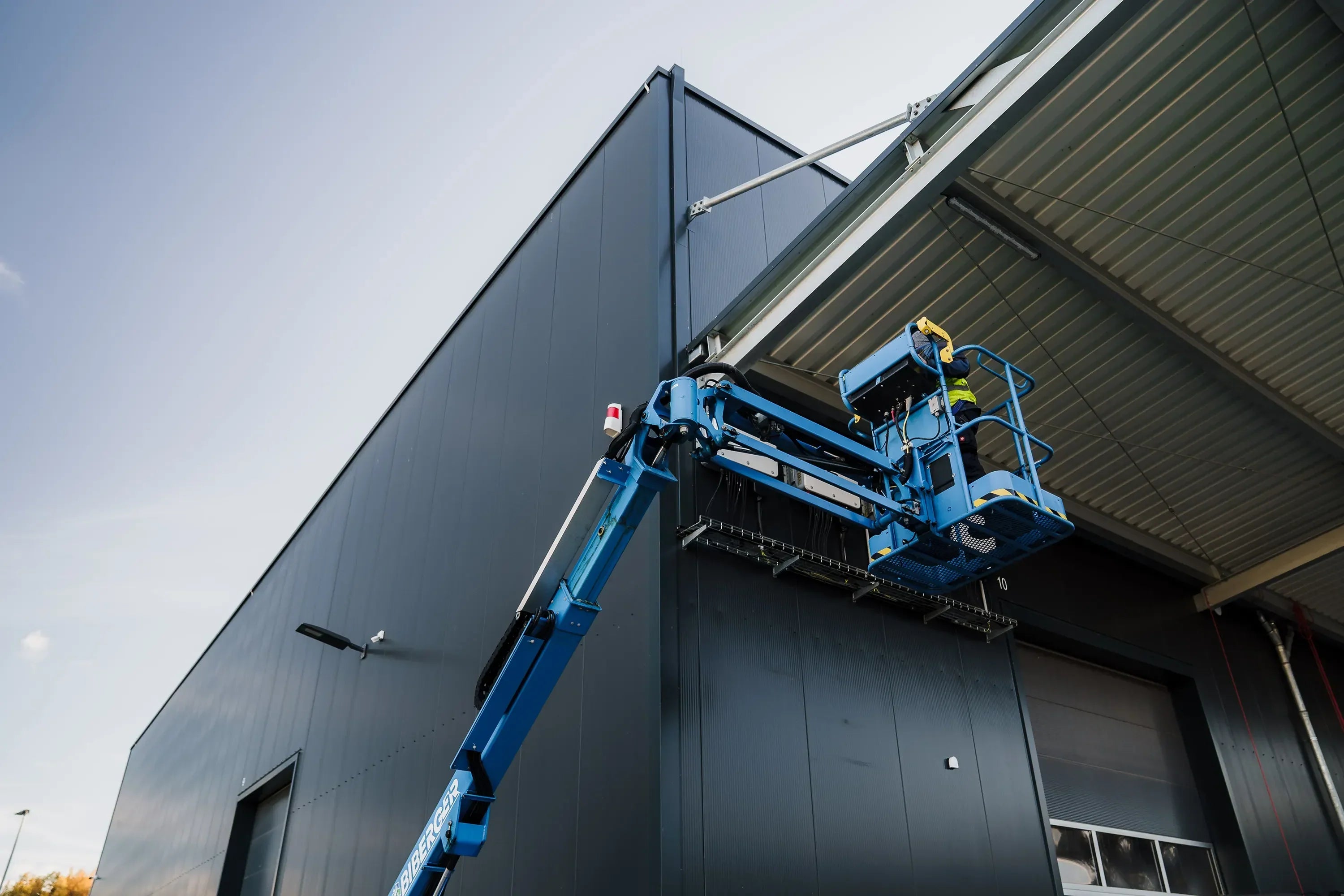






Share:
Forklifts: Diesel or electric forklifts: Which drive is better?
Installing mobile radio systems: Safe installation on roofs, mobile phone masts and transmission towers
Our editorial quality standards
The subject content on biberger.de are editorially created, reviewed, and continuously updated. The basis is our daily work with aerial platforms, telehandlers, and industrial trucks – in rental, sales, operational planning, and technical support.
Each article draws on real-world experience and is editorially reviewed for clarity, accuracy, and practical relevance according to expert criteria. Technical statements are regularly compared against current industry standards and best practices.
The aim of our publications is to make reliable specialist knowledge accessible and to offer guidance to users, decision-makers and industry partners. BIBERGER sees itself as an independent information platform for safe, economical and modern height access technology – well-founded, comprehensible and free from advertising influence.